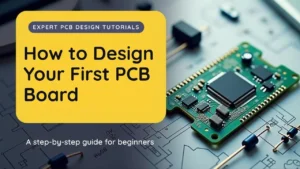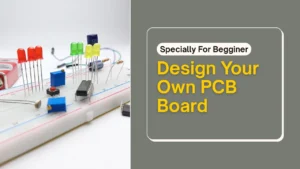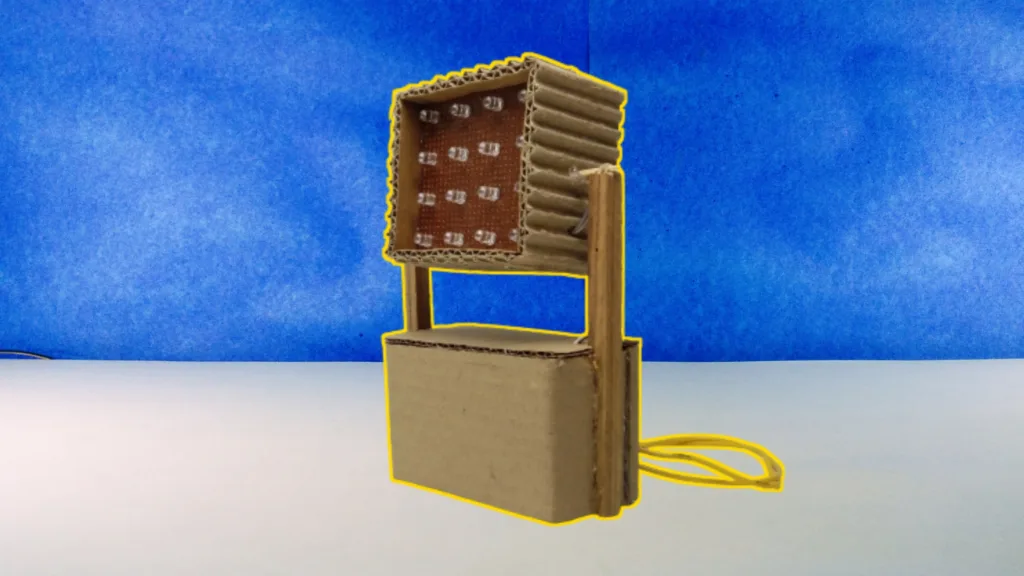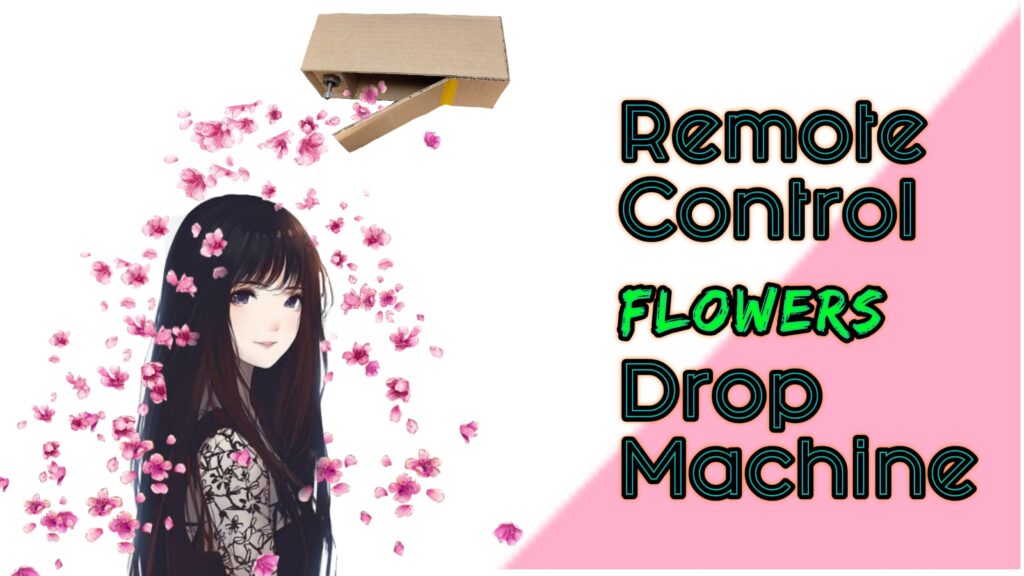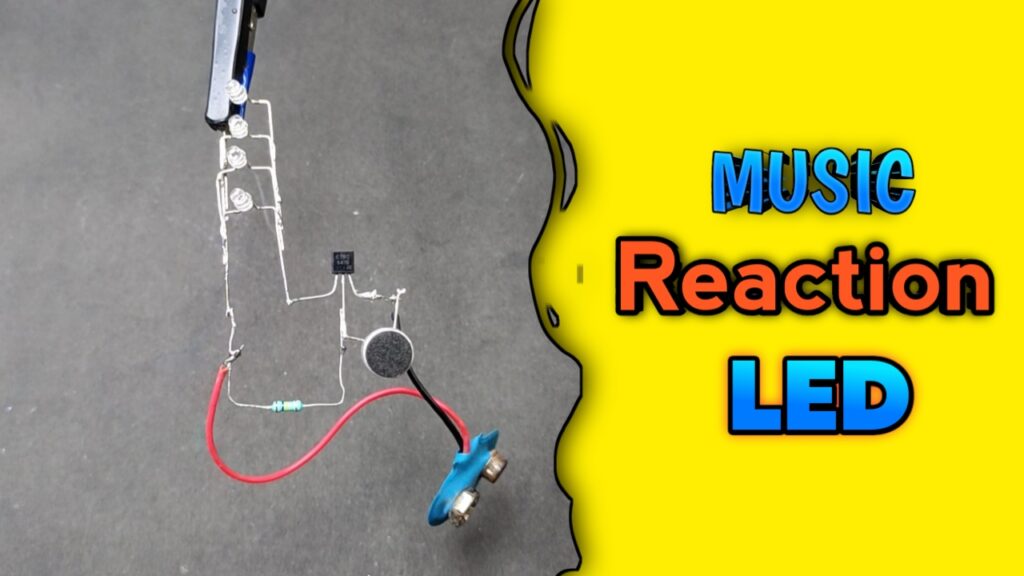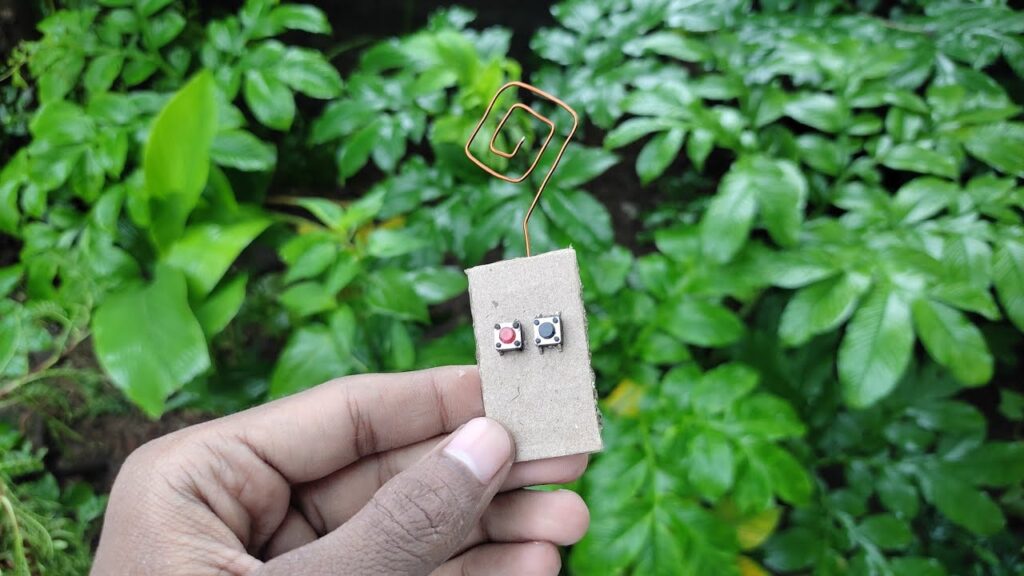How To Design PCB Board
The way to layout a pcb board for complete beginner’s
If you are captivated with electronics, that a printed circuit board (PCB) is on the heart of each cutting-edge-day tool. A nicely-designed pcb makes your circuit organized, compact, and dependable. In this text, you’ll discover ways to design a pcb board step by step, even in case you’re a novice.
What is a PCB and why is it important
A pcb is a flat board that holds and connects digital components the use of copper tracks in desire to wires. This not most effective saves space but also improves performance and sturdiness. From smartphones to robots, nearly every digital device makes use of a pcb.
Tools required for PCB format.
- Before you begin, make sure you have got:
- Pcb design software: kicad, eagle, easyeda, or altium clothier
- Computer with net access: for libraries and resources
- Simple circuit know-how
Step 1: Create the Circuit Schematic
- Start thru drawing the circuit diagram:
- Open your pcb layout software program and select the schematic editor.
- Upload components like resistors, capacitors, ics, connectors, and many others.
- Be a part of the components with proper wiring.
- Double-take a look at the circuit to avoid mistakes.
Step 2: Design the PCB Layout
- Once the schematic is ready, convert it proper into a pcb format.
- Outline the board size: select out the shape and dimensions appropriate for your venture.
- Vicinity components nicely: keep associated components near lessen hint duration.
- Determine the layer recollect: beginners can start with a unmarried or double-layer board.
Step 3: Route the Traces in PCB
- Routing is the technique of connecting components with copper tracks.
- Keep the trails quick and clean.
- Use thicker strains for energy and ground connections.
- Avoid crossing signals unnecessarily.
- If needed, use vias for multi-layer connections.
Step 4: Add ground and strength planes
- Consisting of a floor plane enables less interference and noise.
- Fill unused regions with copper connected to the floor.
- For excessive-cutting-edge circuits, use a separate strength aircraft for stability.
Step 5: Test the layout rule in PCB
- Run a DRC to make certain:
- Right spacing among strains
- Correct hollow sizes for additives
- No unconnected pads or lacking connections
Step 6: Generate Gerber File document
- Gerber files are the usual documents needed for pcb production.
- Export the Gerber files and drill files out of your design software.
- Connect the invoice of materials (bom) for reference.
Step 7: Manufacture or DIY your PCB
- You can Order online from producers like JLCPCB, PCBWay, or Oshpark.
- Diy at home using etching strategies (for smooth designs).
- Commonplace errors to keep away from
- Overcrowding components at the board
- Forgetting to feature mounting holes
- Ignoring warmness dissipation for power additives
You can also order PCB from this link – https://pcbway.com/g/dF3gz1
Conclusion –
Designing a pcb board is a vital talent for electronics lovers. With the right software, right planning, and interest to detail, you can create professional, splendid PCBs for any assignment. Begin easily and maintain enhancing!
Making Project – Make Flash Light Using PCB
Ower Projects – Polish Flash Light

